
Emel Rodríguez takes firm steps as he walks through the Hojancha forest preserve. He knows it so well he could follow the trails with his eyes closed. He planted each plant and tree and built every trail through this reserve.
No one would believe that this part of the mountain full of plants and trees south of the most prosperous canton in Guanacaste, was completely deforested in 1984.
Emel’s father was a farmer who, like most in the canton, migrated to Hojancha at the beginning of the 20th century from western Alajuela because he found out that land here was being sold on the cheap. The forests of Hojancha seemed like the promise land ideal for the ranching and farming that was being done in the central valley.
Once here, families lived peacefully.
Ranching became an economic pillar of the town, so much so that the number of cattle heads grew from from 11,236 in 1935 to 101,412 in 1963, according to a report by the United Nations Food and Agriculture Organization (FAO).
Ranchers, like Emel’s dad, were turning forest into pasture and living off cattle. But something went wrong. In 1976, just two percent of the total area in Hojancha was preserved as forest, according to the FAO report.
This brought even graver consequences. The Río Nosara river basin, which supplies water to the town aqueduct, dried up because of a lack of vegetation.
This is where the part of natural forest that was never cut down starts,” Emel says when he reaches a specific spot in his private, 20-acre reserve he calls El Toledo. He says that his mother would scold his father and those working with him because they would cut plants along the streams.
“It may have been because of my mom’s demands to respect the river banks that this piece survived,” he suspects. “It was almost as though she knew we would have a crisis in the future.”
A collapse in cattle prices along with drought and the loss of forest shook the town’s economy. The town hit rock bottom. People began migrating to other areas and Hojancha lost 57 percent of its population, according to FAO.
*****
In 1992, two friends ran into each other on their way out of Sunday mass and spoke in front of the church. One of them was Delfín Méndez, who had an appliance store in the heart of Hojancha. The other, Asdrúbal Campos, worked in the Agriculture and Ranching Ministry.
They had a common problem, one the whole town had. There was a water shortage for three consecutive summers and only brown liquid came out of the pipes. At times, AyA cistern trucks supplied residents with buckets of water. It was the height of the crisis.
Outside the Hojancha temple, Delfín and Asdrúbal discussed the only option that would save them, reforesting the land around the Rio Nosara river basin. The problem was that the land was in the hands of ranchers.
On that very afternoon, Delfín hosted his brother Danilo, Asdrúbal, and two other friends at his home and they all planned a strategy together.
Let’s find 900 people to buy one hectare of land (2.5 acres) and create a forest preserve,” Delfín told them. “To start, I will buy one hectare (valued at ¢35,000 -$58-) and you each buy one piece.”
Each one gave ¢1,000 ($1,6) and at the end of the meeting they had a total of ¢5,000 ($8,3). The next step was to convince the town to join them in collecting money. The idea was the same. Every family would donate ¢1,000 ($1,6) a month until they could buy one hectare.
The next day, they visited a couple brothers who had 12 hectares of land and they proposed buying the property in payment installments until they paid it in full and could start to reforest.
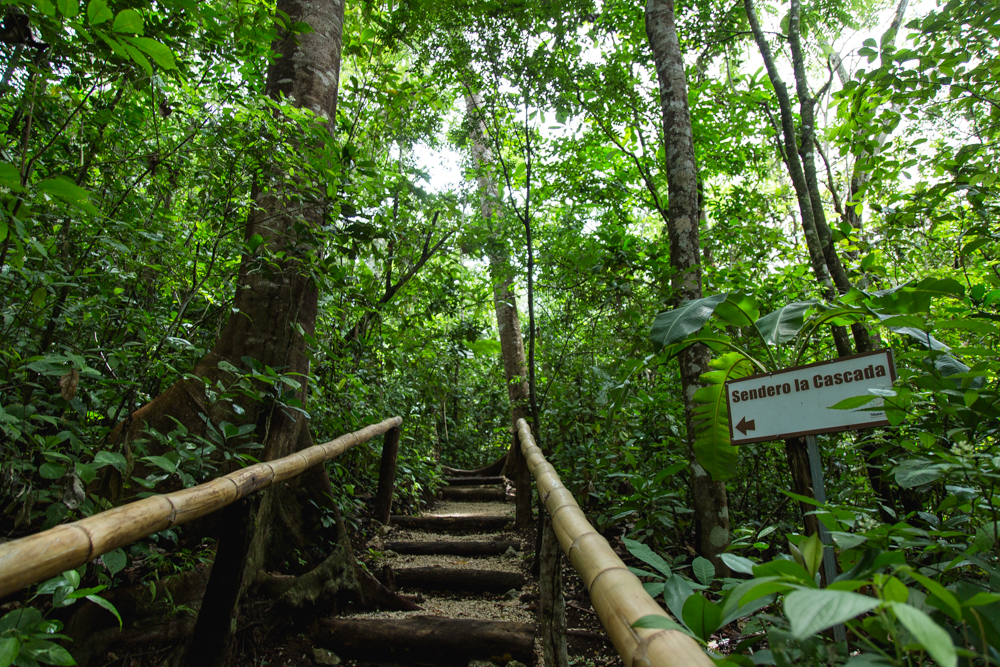
What was a paddock in the middle of the 20th century, today it looks green, with tall, broken trees.Photo: César Arroyo
Meanwhile, the brothers continued using it for ranching and agriculture and they made a deal. If the project ever failed, the land they had bought would be turned into forest. “We had to reforest at least one hectare of land,” Delfín said.
The town agreed to the proposal. The Emel Rodriguez family was one of them.
A sales man, who sells in payment installments and drops buy the house each week, was in charge of starting to collect money. Parallely, Delfín, Asdrúbal and the others who were in the meeting started to visit businesses, government institutions, the canton’s main agriculture centers, Coopepilangosta, the local government and the farming association.
At the same time, they gave classes at schools in environmental education. “Kids at school would put money in a jar everyday,” Emel says. The high school and businesses did the same.
In three months they were able to buy the 12 hectares of land located at the highest point in the canton where the Monte Alto lookout is today.
That same year they formed the Monte Alto Foundation, which allowed them to receive donations, including from state institutions. The city requested the land near the river basin be declared protected area. The state and the town could protect the water and forest under this category.
Most private landowners started to let the forest grow. Emel, for example, started to replicate the practice on his own reserve near Monte Alto.
As time passed, people noticed changes to the river and water shortages became a thing of the past. They saw that the forest helped recover the water and also provided an employment opportunity as it attracted investment and helped promote tourism.
*****
Some 26 years after that conversation at the end of mass, Danilo, Delfín and Asdrúbal contemplate the tall trees that surround Rio Nosara and what they have been able to build for their ecotourism projects.
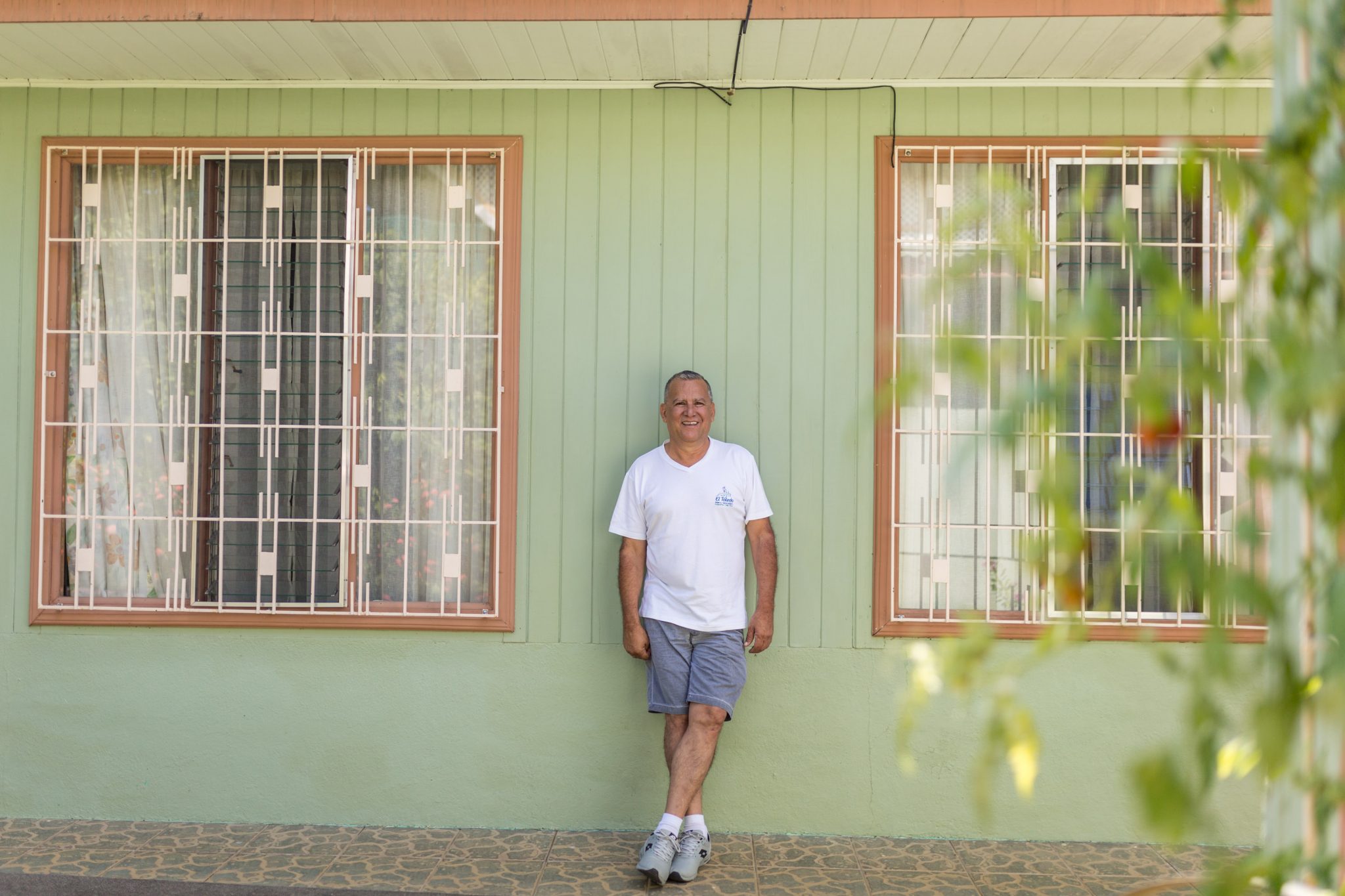
Emel used 54 trees that he planted himself in 1984 to remodel and expand his house. Photo: César Arroyo Castro.
Sitting in the Monte Alto Reserve restaurant, Danilo says on that day, his friends left “enlightened.” They all laugh.
Today, the Monte Alto protected area is 924 hectares, 275 of which belong to the foundation.
In the reserve’s office – which exists thanks to support from the National System of Conservation Areas (Sinac) – they have five local and foreign awards. They all recognize the feat of recovering the forest.
The task is not complete, nor will it ever be. At the beginning of the year, in conjunction with German foundation Trópica Verde, they bought seven additional hectares, three of which are pasture land that will be converted into forest.
We are building a nursery and when the rains start in May and June we are going to plant the three hectares,” says reserve administrator Miguel Méndez.
They will continue buying whatever they can, but their main goal is taking care of what they already have.
Lower down the mountain, in the El Toledo reserve, Emel walks the trails on his land and occasionally finds areas that don’t have fully grown trees, but that, according to him, will one day be forest.
“This is going to be like Eden, because I’m also thinking about planting fruit trees,” he says, hoping that, one day, they can enjoy the fruits in his home, just like a few years ago when he took advantage of the wood from the trees he planted three decades back. He built on to his house with it and built tables and chairs.
“This is what drives me crazy,” he says as he sits on a stool made from his wood. “Look at that tree and that liana. They are so nice. I almost kiss them,” he says, looking through his glasses at the forest in a town that once hit rock bottom.



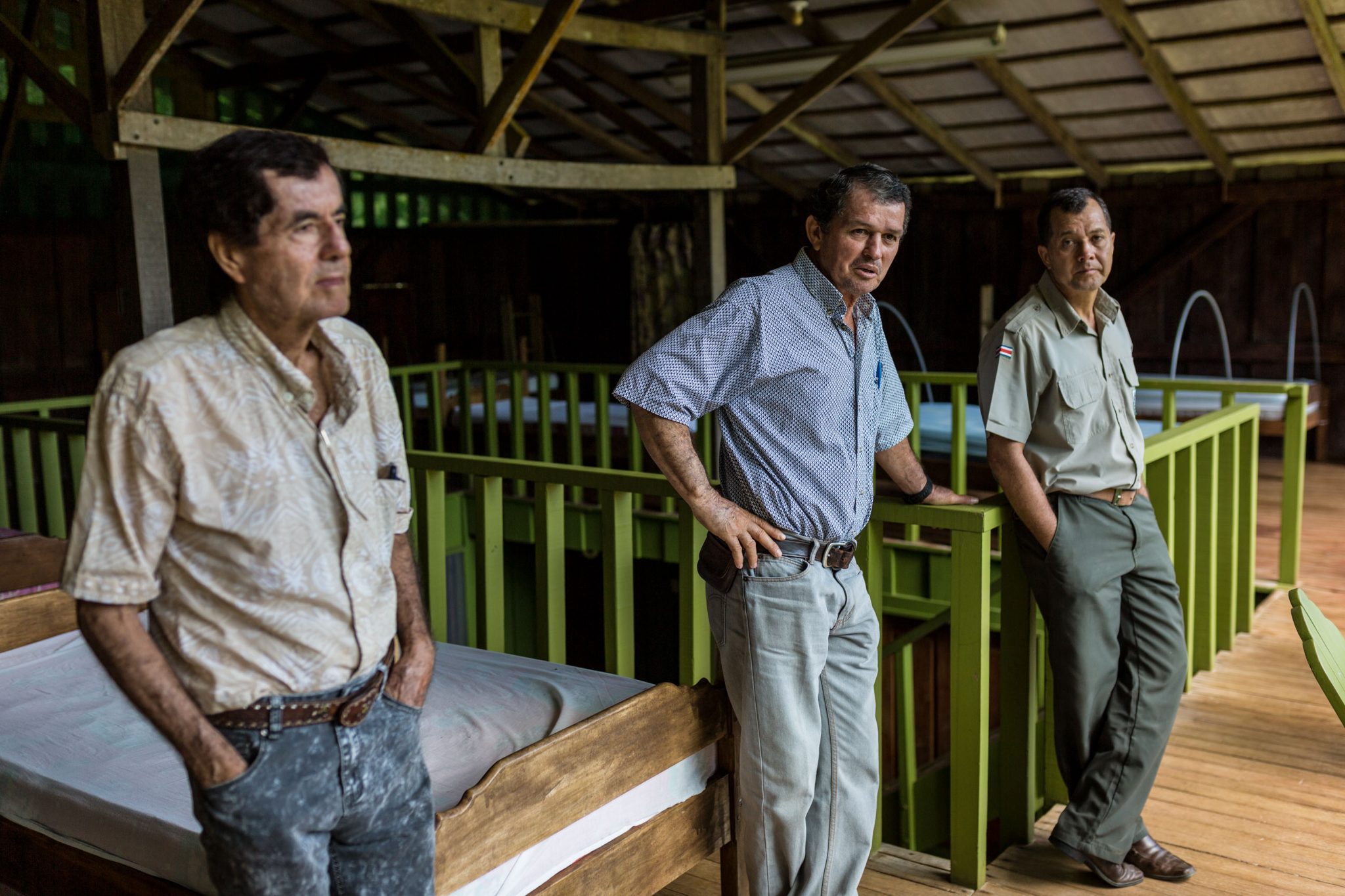
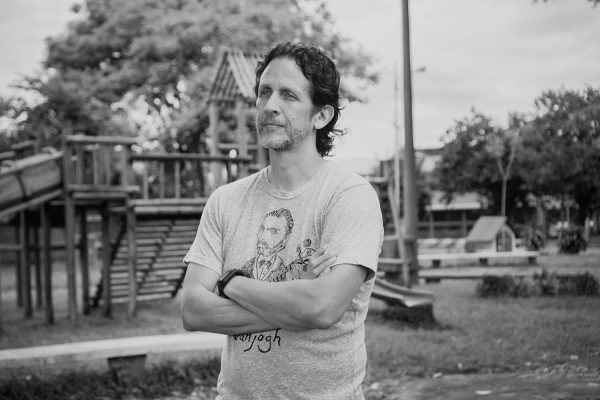
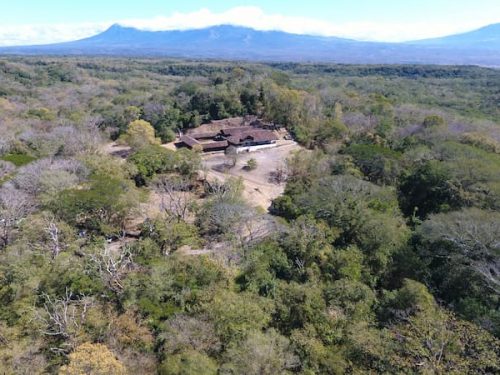
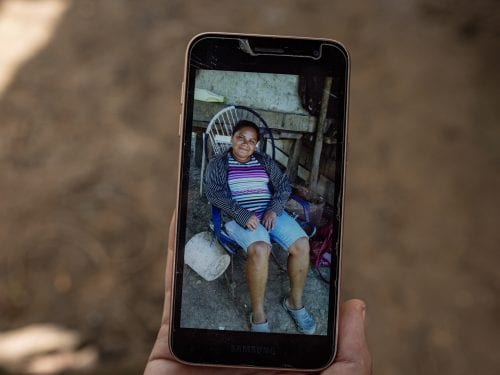

Comments